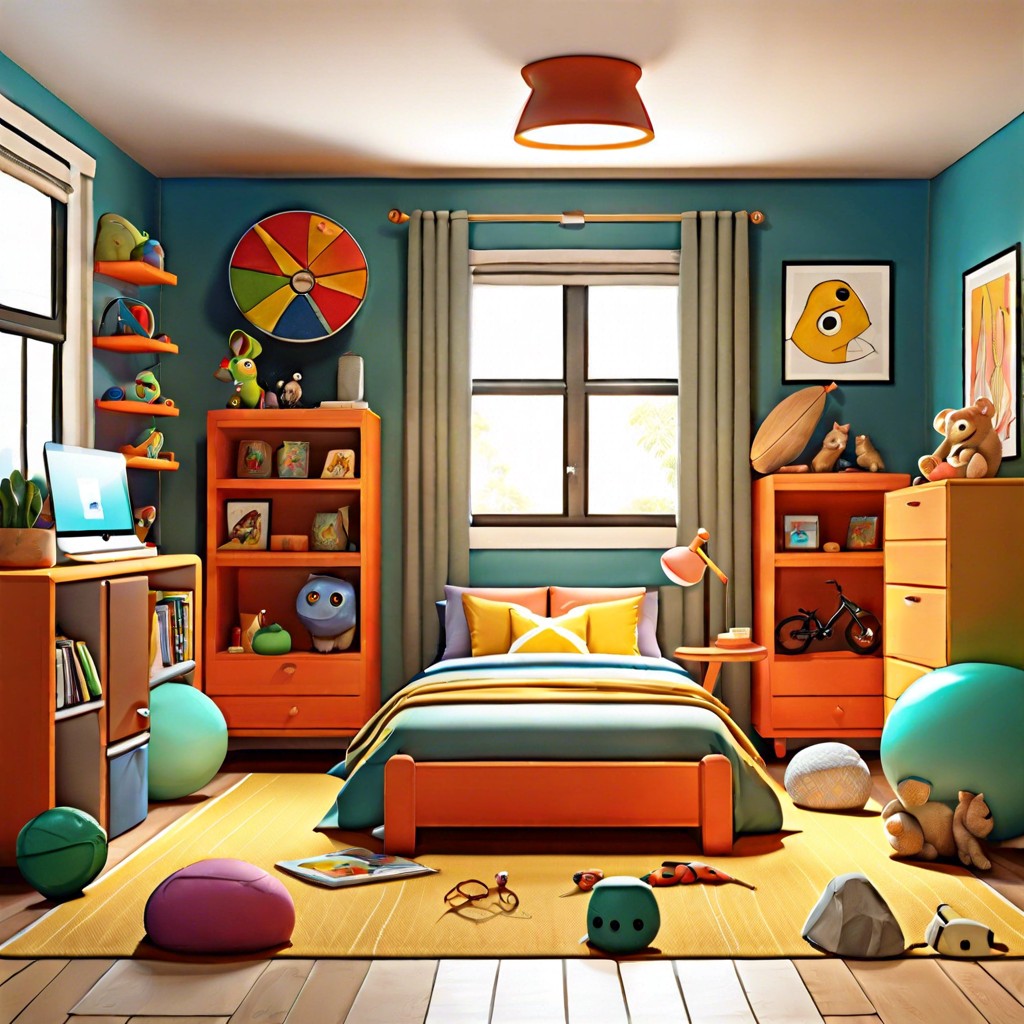This article discusses appropriate clothing sizes for 16-year-olds, helping you understand how to choose the best fit for teenagers.
Key takeaways:
- Teenage development varies significantly, including penis size.
- Concerns over penis size can impact a teenager’s mental health.
- Body image plays a crucial role in adolescent development.
- Encouraging body positivity and self-acceptance is essential.
- Open conversations and support can help alleviate concerns and reduce stigma.
Medical Perspective On Normal Penis Size in Teenagers
Understanding that teenage development varies significantly is crucial. The average penis size for a 16-year-old can generally range from about 2.4 inches (6 cm) to 5.5 inches (14 cm) when flaccid, and from about 4.5 inches (11.5 cm) to 6.3 inches (16 cm) when erect. These figures, based on various medical studies, showcase a wide scope of ‘normal’ due to genetic, hormonal, and environmental factors.
Crucially, most teenage boys will experience changes in size until their early twenties, as development continues beyond the teenage years. It’s essential to focus on health and development rather than comparison, as each body is unique and develops at its own pace. Consulting a healthcare provider can help alleviate concerns and provide guidance tailored to individual growth patterns.
Psychological Effects of Concerns Over Penis Size
Concerns about penis size can significantly impact a teenager’s mental health. First and foremost, anxiety about whether they measure up to perceived norms can lead to increased stress and low self-esteem. This is particularly true in an era where societal standards are often distorted by media and Internet exposure.
Secondly, these insecurities could lead to social withdrawal or avoidance of activities like sports or communal showers, where comparisons might occur. It’s crucial for teens to recognize that these anxieties are common among their age group, which might help them feel less isolated.
Moreover, the fear of being ridiculed can create barriers in forming intimate relationships. A teenager worrying about judgment might avoid dating or decline situations where deeper relationships could form, thus missing out on important aspects of social development.
Lastly, it’s vital for parents and educators to facilitate open discussions about body image concerns, reassuring teens that everyone develops at their own pace and that body variance is perfectly normal. A supportive environment is essential to mitigate these psychological effects.
Importance of Body Image and Self-Acceptance
Body image plays a crucial role in adolescent development. Teens often compare themselves to peers and media ideals, which can lead to unrealistic expectations about their bodies, including penis size. These comparisons may foster a negative body image, significantly impacting self-esteem and mental health.
It’s vital for teens to learn the concept of body positivity, which encourages acceptance of all body types and promotes a healthy mental outlook. This mindset helps individuals recognize that self-worth is not determined by physical appearance but by personal strengths and qualities.
Promoting open conversations about body image can dispel myths and reduce stigma. Support from family and educators can encourage teens to express their concerns, ensuring they get accurate information and support.
Furthermore, fostering environments that value diversity and inclusivity can help teens appreciate their bodies. Such acceptance allows them to focus on personal growth and development, steering their attention away from societal pressures about physical attributes.




